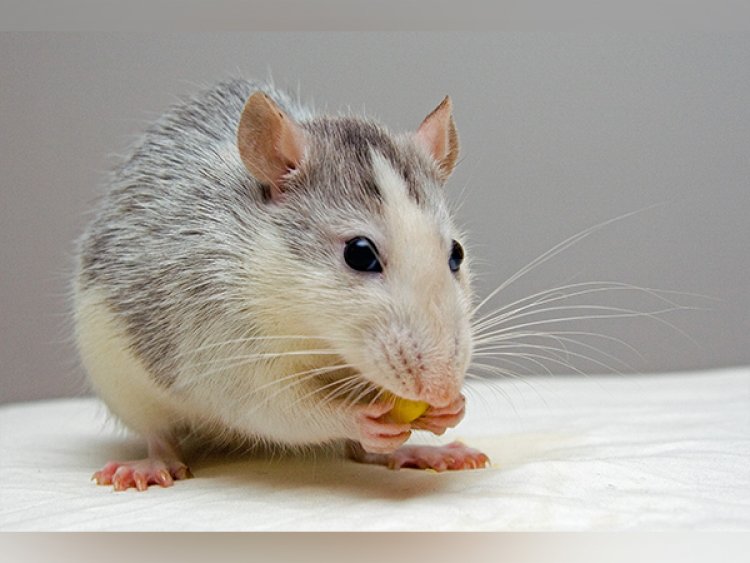A rare form of cancer found in mice

Heidelberg, Germany: Researchers from the German Cancer Research Center (Deutsches Krebsforschungszentrum, DKFZ) and the Hebrew University in Jerusalem have discovered the cell of origin of mixed liver/biliary duct carcinomas, a rare type of liver cancer, in mice. Interleukin 6 is a pro-inflammatory immunological messenger that has been linked to cancer development (IL-6). The amount and size of tumours were reduced in mice after IL-6 was blocked.
The journal Hepatology published the study's findings.
Hepatocellular carcinoma, intrahepatic biliary duct carcinoma, and a hybrid form known as combined liver/biliary duct carcinoma (cHCC/CCA) are all included in the term "liver cancer." The cHCC/CCA cells display characteristics of both cancer types. This uncommon cHCC/CCA is thought to be extremely aggressive and responds terribly to current therapies.
A group led by Mathias Heikenwalder of the German Cancer Research Center and Eithan Galun of the Hebrew University in Jerusalem investigated the cellular basis of these tumours in order to find potential targets for novel therapies. The study subjects were genetically altered mice that had hepatocellular carcinoma and chronic liver inflammation at an earlier age, as well as later development of cHCC/CCA. The cHCC/CCA tumour cells in these animals largely shared the same molecular profile as the cHCC/CCA cells in humans.
The German-Israeli team discovered that precursors of degenerate liver cells are where cHCC/CCA develops. Hepatocellular carcinoma, on the other hand, most likely results from damaged mature liver cells.
Genes involved in the pro-inflammatory interleukin 6 (IL-6) signalling pathway are highly active in cHCC/CCA cells. Ageing immune cells are the source of the IL-6 that activates this signalling pathway. Senescence, as scientists refer to the process of cell ageing, is characterised by the release of a wide variety of pro-inflammatory signalling molecules, the main one of which is IL-6.
Specific antibodies that block the action of IL-6 decreased the number and size of cHCC/CCA tumours in the mice. The growth of cHCC/CCA was also prevented by a substance that induces senescent cells to undergo programmed cell death, or apoptosis, which eliminates the source of IL-6.
Today, surgically removing the tumours is the most effective treatment for cHCC/CCA. It is only effective if the cancer is found very early on. According to Mathias Heikenwalder, one of the corresponding authors of the current study, "Blocking of IL-6 or agents that kill senescent IL-6-producing cells could now be further tested as promising treatment approaches against this type of cancer." He adds: "Growing evidence suggests that tumours that have been identified as hepatocellular carcinoma may also partially contain cHCC/CCA cells. This implies that some patients with hepatocellular cancer may also benefit from potential therapeutic strategies against cHCC/CCA."
At the DKFZ, more than 1,300 researchers look into how cancer arises, pinpoint cancer risk factors, and look for novel ways to prevent cancer. To more accurately identify tumours and successfully treat cancer patients, new techniques are being developed. The DKFZ's Cancer Information Service (KID) offers individualised responses to all questions on cancer to patients, interested citizens, and professionals.















































